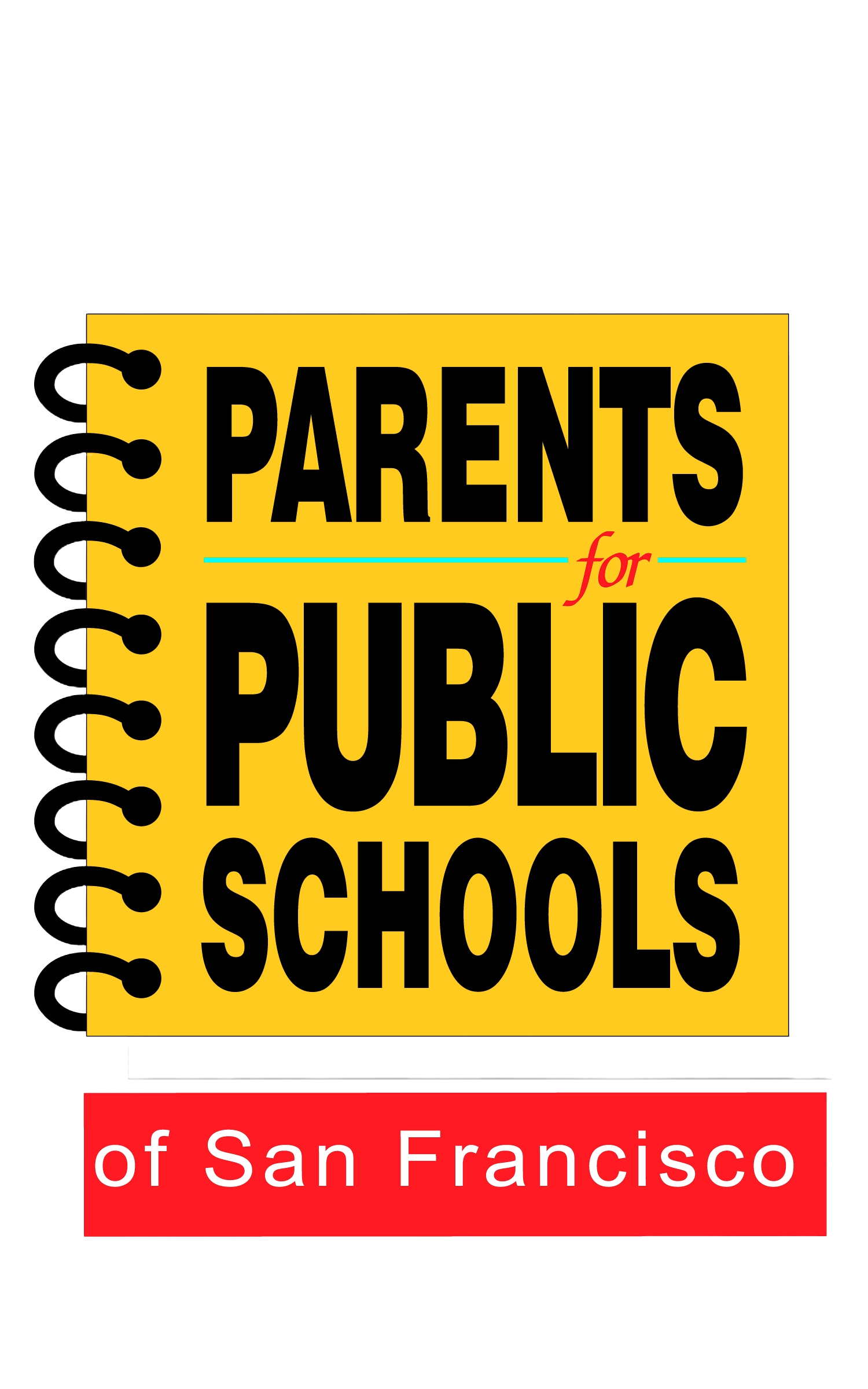ITS THE FRAME, SILLY
Its the frame, Silly Melissa Daar Carvaja
Looking at SFUSD from a national perspective working with an education foundation – I can’t help but ponder: How can we, San Francisco parents who are against racism, for inclusive curriculum, and for fully funded schools, propel public education forward with these values in mind in this very “special” SF environment? I’m learning of all sorts of advances nationally that don’t seem to make it into our own town – and it’s our own perceptions that seem to stop us in our tracks.
These are perceptions or narrative frames that often show up in framing “good schools” and “bad” ones. Or by “framing” students at certain schools “children of immigrants, teens exposed to violence, Black and brown kids, unhoused students, or those living in poverty (who)are far less likely to go to college than their wealthier, white, and Asian American peers” as described in Jill Tucker’s recent complimentary piece on Mission High School.
While I appreciate the attempt to mark the many challenges kids who are not wealthier or white must cross to get any kind of chance, I tire of making the students the issue. And that is the unfortunate framing of Jill Tucker’s recent piece.
How then does Tucker’s Horatio Alger narrative of “succeeding” against all odds” play out versus a narrative of “when schools are fully funded, look what we can do.” What we don’t read as much about are these important innovations in practice and policy, many incorporated into a new national and California movement gaining momentum - community schools – of which Mission High School is a leader.
This is important reporting we aren’t seeing, and we need to see it to inform how we think and act about our local public schools and where we decide to send our children. (See this piece from the Examiner reporter, Deborah Rosenborough, which takes exactly that approach.) Just even the naming, the Examiner’s “Mission High School students soar to UC, beating out Lowell” vs. The Chronicle’s non-naming of the school, “Students at this S.F. high school defy odds to get into UCs, elite colleges. What’s the secret?” In one case students are soaring, beating out the perceived winner; in the other, they are ‘defying odds,” and their success appears as a mystery to be solved.
Sadly, there is also barely a mention of the hundreds of teachers, administrators, paraprofessionals, wellness center staff, club leaders, afterschool programmers, parents, and counselors who put in thousands of hours weekly to support Mission students. Instead, Tucker makes a substantial call-out to the Mission High Foundation, which graciously supports the school with a small budget for needed items. (Less than .05% of their budget.)
There is deep work of public-school parents across the country; it doesn’t make headlines nor have the support of deep pockets. It’s small, it’s quiet, it’s local, and it’s happening in Black and brown communities, including here. And Mission is a perfect example. If you’re interested in how this serves your child better, look at the Bay Area’s brilliant Angela Glover Blackwell’s seminal frame-changing piece, The Curb-Cut Effect.
We can build the schools we say we want and, as many point out, promote a multi-racial, inclusive public education society. But we need more tax dollars. I often wonder, what if the $150k that some wealthier parents invest in their child’s private elementary school went to SF’s public schools instead? Imagine the incredible, integrated public system we could build and parents wouldn't have to stretch their middle-class incomes in our expensive city.
Okay, it’s in development, but folks are changing it, like at Mission. It’s a public institution and it’s ours to shape. So, keep your ear to the ground before you turn down that school or write that check for tens of thousands of dollars. #GoPublic and see where it can take you and all of us, together.
-Melissa Daar Carvajal

